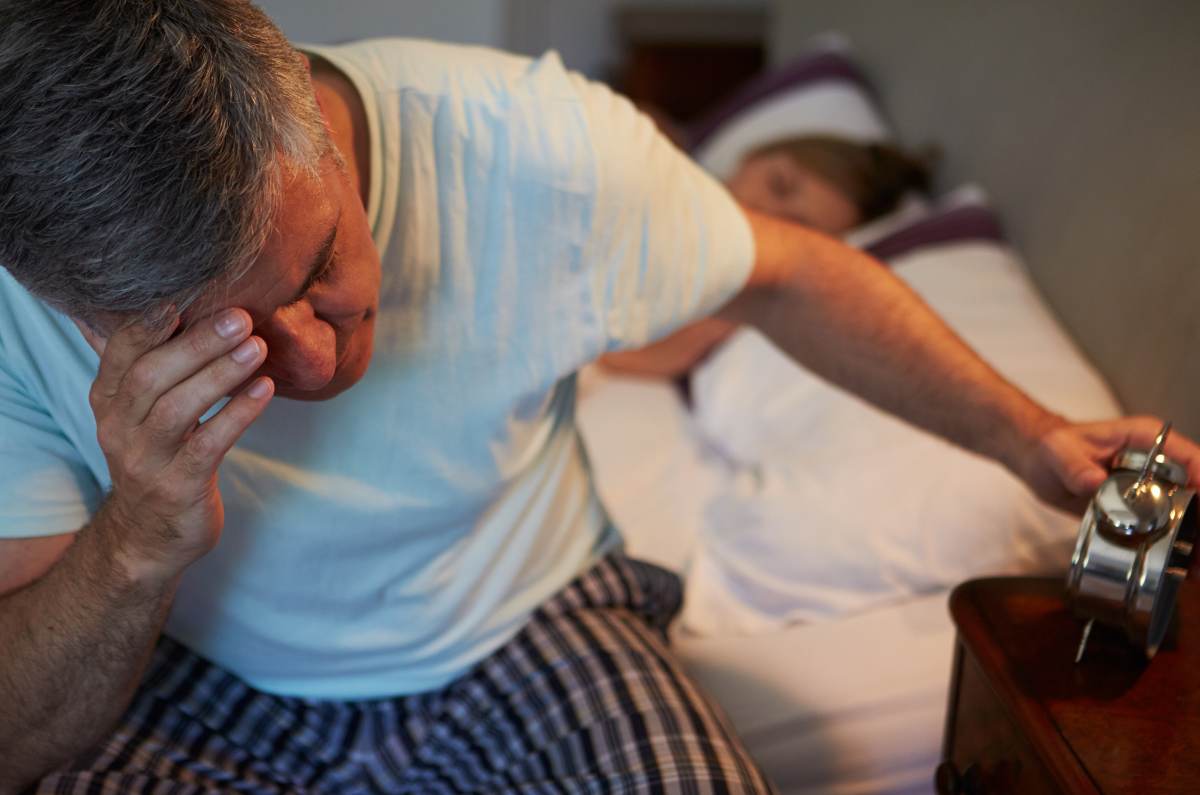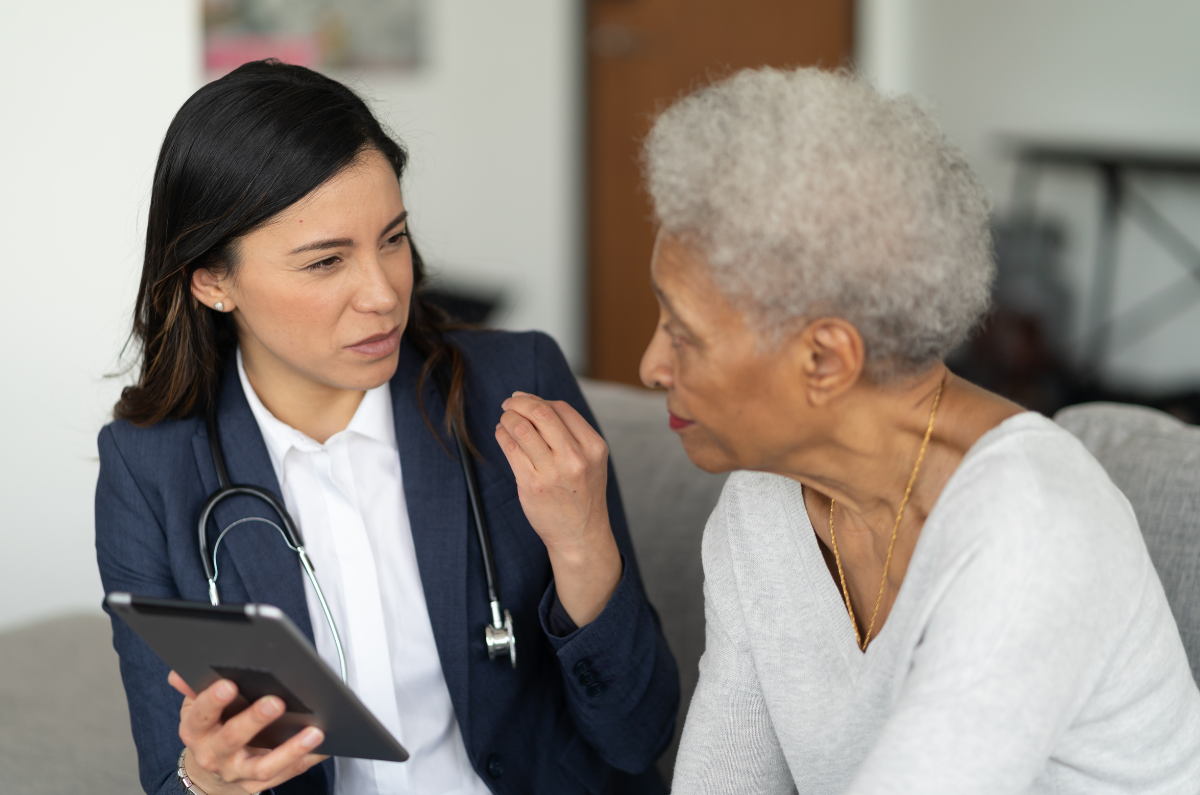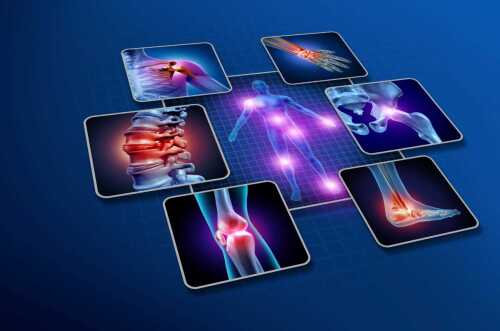We all know that when our muscles and joints are stiff or painful, it can be hard to move. But we also know that regular exercise is essential for managing musculoskeletal conditions. It helps reduce pain and stiffness, and improves joint mobility and strength. It can also improve balance, sleep quality, lower stress levels, improve mood and help us maintain a healthy weight. It’s practically magic!
But when you’re in pain, exercise can feel like the very last thing you want to do. So what to do?
Just add water!
There are so many benefits to exercising in warm water:
- the warmth is soothing and helps relieve pain and stiffness
- the buoyancy supports your body and lessens the strain on your joints
- water resistance enables you to gradually build up flexibility, strength and stamina
- anyone can do it – no matter your age or level of fitness.
What is water exercise?
A water exercise program is much more than just going for a swim. Swimming regularly is an excellent way to improve your heart and lung fitness without putting too much strain on your joints, but for a complete workout you need to do a range of exercises which move all your joints and work all your muscles. You can easily do this in a warm water pool.
There are different ways you can exercise in water
1. Water exercise classes
You can enjoy the fun, motivation and social interaction of exercising with others in a class that suits your capabilities and fitness level. In these classes all participants follow the same general exercises.
Many recreation and fitness centres run water exercise classes and cater to a wide range of abilities and fitness levels.
Contact your local centre and talk with an instructor to find out what’s available and to discuss your exercise goals. And ask if you can visit the centre and observe a class before you sign up so that you can be sure it’s the right fit for you.
2. Hydrotherapy
Hydrotherapy is specialised exercise therapy run by a health professional such as a physiotherapist or exercise physiologist in a specially heated warm water pool. The exercises are tailored to you and your specific needs. You can do hydrotherapy on your own with the health professional or in a small group.
3. Going solo
You can do your own water exercises in a warm water pool at home or in recreation centres, fitness clubs, swimming schools and retirement villages.
Here are some tips for getting started with your own program:
- If you’re not sure what exercises to do, talk with a qualified instructor or health professional. We’ve also included links to some general exercises in the More to explore section below.
- Choose a time when the pool is fairly quiet so you can move safely and confidently around the pool area and you’re less likely to be knocked by enthusiastic swimmers and others enjoying more boisterous water activities.
- Check the ease and safety of access into the centre, around the dressing area and into the pool.
Swimming is also a good form of water exercise you can do on your own. While it doesn’t work all of your muscles and joints through their range of movement, it’s excellent for your heart and lungs.
What if you can’t swim?
If you can’t swim, that’s ok. Water exercise classes take place in water that’s about chest height. So you can stand with your head above the water. You can also use flotation devices to give you the confidence to get moving in water if you’re feeling a bit apprehensive.
Tips for exercising in warm water
Whether you’re exercising at home or in a community pool, participating in a class or doing your own exercises, you’ll get the most benefit from your exercise session and ensure your safety and wellbeing by following these tips:
- Don’t go into the water if you’re sick, have any wounds or skin irritations/infections.
- Check out the venue to see if it’s suitable for you. For example, is the pool easy to access? Are the change rooms accessible and comfortable? Is the venue close enough for you to go to regularly? Do the class times and opening hours of the venue work for you?
- Begin your exercise program with short sessions and gradually build up over time.
- Perform each movement as gracefully and smoothly as you can.
- Keep the body part you’re exercising under the water. This may require you to squat or bob down at times.
- Come out of the water immediately if you feel light-headed, dizzy, drowsy, extremely fatigued or nauseous. These reactions are possible if you spend too long in very warm water. Drink some water and sit or lie down for a while.
- Stop doing an exercise which causes severe pain or discomfort. Consult your doctor, physiotherapist or exercise physiologist if your joint symptoms increase significantly after an exercise session.
- Ease up if you experience mild to moderate joint or muscle pain for more than a few hours after your exercise session. Some increased pain is normal after exercise, especially when you’re starting out, but if you’re in pain hours after your visit to the pool, you’ve likely overdone it. Reduce the intensity next time – but don’t stop.
- If you’ve had a joint replacement, keep in mind the movements you were instructed to avoid by your surgeon or physiotherapist.
- Consider wearing water shoes if you find you’re slipping and sliding in the pool. They’ll give you some grip to help you keep your balance.
- Have a drink after a water exercise session to replace the fluid you’ve lost through perspiration.
- Take care when moving in wet areas around the pool, including in change rooms, to avoid slipping and falls.
- Rest afterwards if you feel tired. Exercising in warm water can be quite draining.
And as always, follow COVID-safe practises and abide by any rules that are in force in your state or territory.
So there you have it. Exercising in the water. It’s a great addition to your exercise routine that’s effective, fun and safe. Why not give it a go?
Call our Helpline
If you have questions about things like managing your pain, your musculoskeletal condition, treatment options, or accessing services be sure to call our team. They’re available weekdays between 9am-5pm on 1800 263 265; email (helpline@muscha.org) or via Messenger.
More to explore
- A joint-friendly water workout for psoriatic arthritis
HealthCentral - Diving in: Water exercises for arthritis relief
healthline - Hit the pool to relieve joint pain
Arthritis Foundation (USA) - Hydrotherapy
Versus Arthritis (UK) - Water exercises
University of Washington, Department of Orthopaedics and Sports Medicine - Water therapy and arthritis
Arthritis Society (Canada) - Water-based exercise for knee and hip osteoarthritis
The Royal Australian College of General Practitioners


















